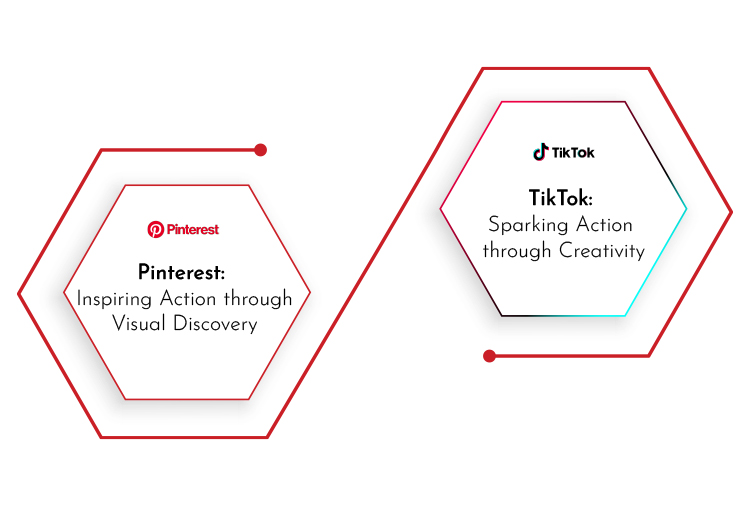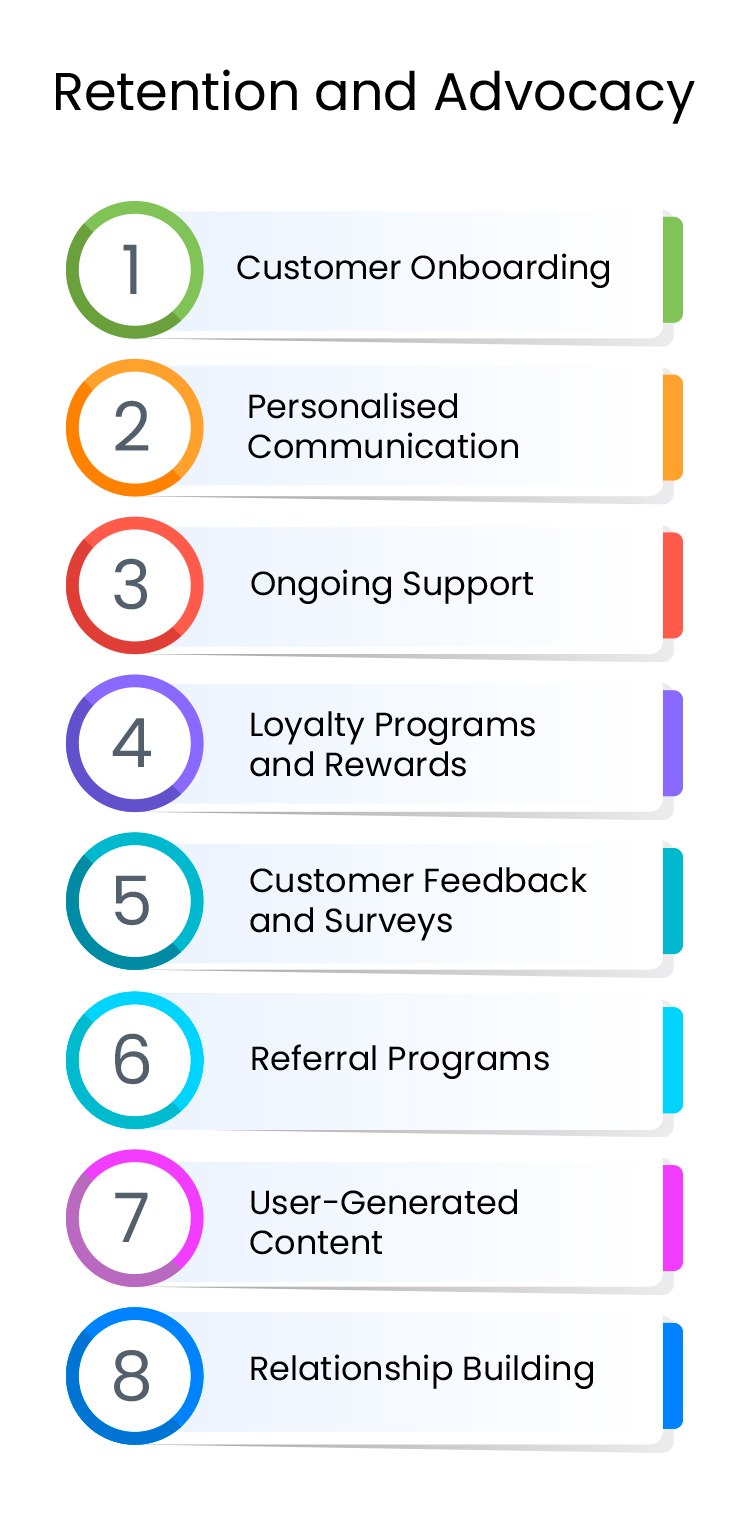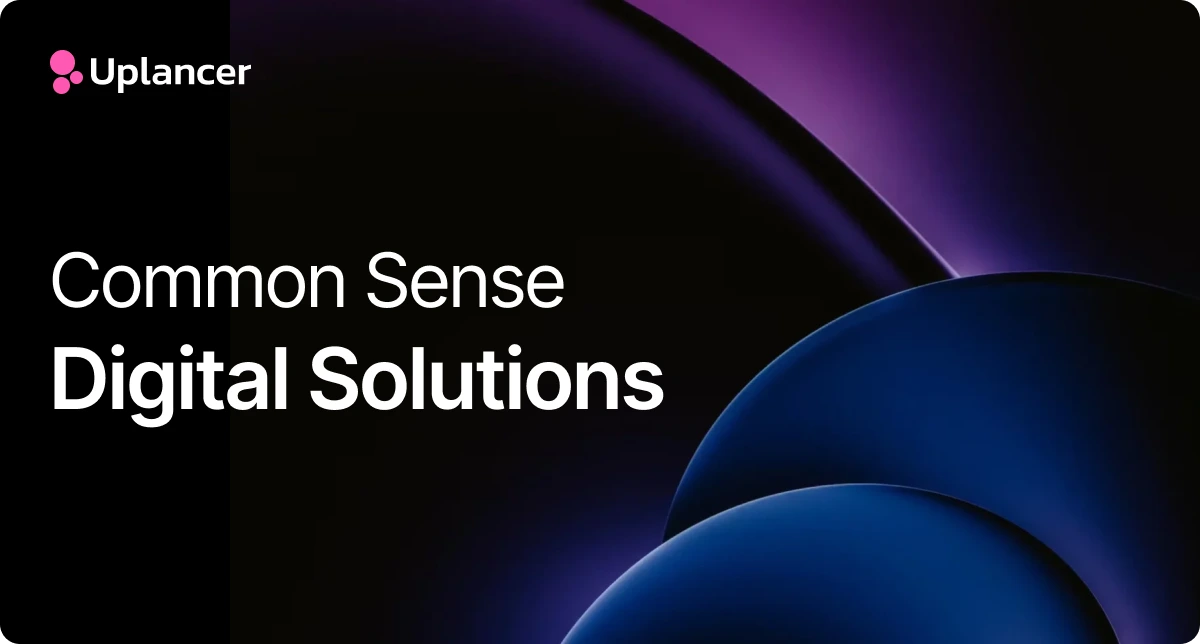Social Media Funnel Marketing: How to Drive High-Quality Traffic and Leads

In today’s fast-paced world, where billions of people engage with social media on a regular basis, these platforms offer a unique opportunity to connect with individuals from diverse backgrounds and locations. By harnessing the power of social media, you can effectively target and engage with your audience, ultimately driving them towards your business offerings.
By the end of this blog, you will have a solid understanding of social media funnel marketing and why it is crucial to drive high-quality traffic and leads. You will be equipped with practical knowledge and actionable steps to leverage the power of social media platforms effectively. So, let’s dive in and discover how social media can revolutionise your marketing strategy, no matter where you are in the world.
To fully grasp the concept of social media funnel marketing, it’s important to have a clear understanding of the marketing funnel and how it relates to your customers’ journey. The marketing funnel represents the various stages a potential customer goes through, from initial awareness of your brand to making a purchase or conversion. When it comes to social media, it plays a pivotal role in guiding users through each stage of this funnel, ultimately driving them towards becoming loyal customers.
The marketing funnel can be visualised as a funnel-shaped diagram, and it consists of three key stages: awareness, consideration, and conversion. Let’s break down each stage and explore how social media platforms can effectively support your marketing efforts.
Stage 1: Creating Awareness: Capturing Attention and Making an Impact.

At the beginning of the social media funnel, your primary focus is to create awareness about your brand and what you have to offer. Social media platforms provide an ideal space to reach a wide audience and capture their attention. By crafting targeted ads and sharing engaging content, you can introduce your brand’s values, solutions, or unique selling propositions to potential customers. This is the stage where you want to make a lasting impression and stand out from the competition.
Each social media platform offers unique advantages and caters to different demographics. Let’s explore how you can utilise some popular platforms effectively:
Facebook: Connecting with a Diverse Audience
With its extensive user base, Facebook is a powerful platform to reach a wide audience. Create a Facebook Page for your business and leverage targeted ads to increase brand visibility. Here are some tips to maximise your impact on Facebook:
- Develop a Compelling Business Page: Create an attractive and informative business page that showcases your brand’s personality, values, and offerings. Use high-quality visuals and engaging descriptions to grab the attention of potential customers.
- Targeted Ads for Precision: Utilise Facebook’s robust ad targeting options to reach specific demographics, interests, and behaviours relevant to your business. Tailor your ad content to resonate with your target audience, focusing on their pain points and aspirations.
Instagram: Visual Storytelling at its Best
Instagram’s visual appeal makes it a perfect platform for businesses with visually appealing products or services. To create awareness and engage with your target audience effectively, consider the following:
- Eye-catching Visual Content: Utilise captivating images and videos to showcase your brand and offerings. High-quality visuals that reflect your brand’s aesthetics and values can capture attention and generate interest.
- Strategic Hashtag Usage: Utilise relevant and popular hashtags in your posts to expand your reach and attract users who are interested in topics related to your brand. Research trending hashtags and incorporate them into your content to increase discoverability.
Twitter: Real-time Engagement and Amplification
Twitter’s fast-paced environment allows you to share bite-sized content and engage in real-time conversations. To make the most of Twitter for brand awareness, follow these tips:
- Snappy and Engaging Content: Craft concise and attention-grabbing tweets that convey your brand’s messaging effectively. Use compelling images, videos, or GIFs to enhance engagement.
- Trending Hashtags and Industry Discussions: Stay updated on trending topics and hashtags relevant to your industry. Participate in conversations, share valuable insights, and offer helpful solutions to establish your brand’s authority and increase visibility.
By leveraging the unique advantages of each platform, you can create awareness about your brand and captivate your target audience. Remember to tailor your content and messaging to align with the preferences and characteristics of each platform’s user base. With a thoughtful approach, you can make a meaningful impact and lay a solid foundation for the rest of your social media funnel journey.
Stage 2: Generating Consideration: Engaging Your Audience and Building Trust

Once you have successfully captured the audience’s attention, the next stage is to provide more information about your products or services, building trust and convincing them to consider your brand as a potential solution. Social media excels at this stage by allowing you to share informative and educational content that showcases the value your business brings. You can leverage social proof, such as testimonials or user-generated content, to establish credibility and influence potential customers’ decision-making process.
Let’s explore two prominent platforms and how you can utilise them effectively:
LinkedIn: The Professional Networking Powerhouse
LinkedIn is a professional networking platform that provides an excellent opportunity to showcase your industry expertise and engage with relevant communities. Here’s how you can leverage LinkedIn to generate consideration for your brand:
- Share Informative Articles: Write and share articles that provide valuable insights, practical tips, and industry knowledge. By offering valuable information, you establish yourself as a knowledgeable resource in your field.
- Participate in Discussions: Engage with industry groups and communities by sharing your perspective, asking questions, and providing thoughtful comments. Actively participating in conversations helps build your credibility and fosters connections with potential customers.
YouTube: Educational Content That Builds Authority
YouTube, the popular video-sharing platform, offers a unique opportunity to provide educational and informative content to your audience. Here’s how you can utilise YouTube to establish yourself as an authority in your industry:
- Create Tutorials and How-To Videos: Develop videos that demonstrate how to use your products or services effectively. Step-by-step tutorials and helpful guides build trust and position you as an expert in your field.
- Share Product Reviews: Showcase your expertise by reviewing relevant products or services in your industry. By providing honest and unbiased reviews, you help potential customers make informed decisions, increasing their consideration of your brand.
Remember, the key to success in this stage is to provide value to your audience. Focus on sharing content that addresses their pain points, answers their questions, and demonstrates your expertise. By doing so, you establish trust, build authority, and increase the likelihood of converting potential customers into loyal advocates of your brand.
Stage 3: Driving Conversion: Turning Potential into Action

The ultimate goal of the social media funnel is to drive conversions and turn potential customers into loyal supporters. By strategically utilising different platforms, you can encourage your audience to take action and make a purchase. Here’s how you can leverage specific platforms to achieve this:
Pinterest: Inspiring Action through Visual Discovery
Pinterest is a platform focused on visual discovery, making it ideal for businesses in fashion, home decor, or food industries. To drive conversions on Pinterest, consider the following:
- Create Visually Appealing Pins: Craft eye-catching pins that showcase your products or services in an enticing way. Use high-quality images and compelling descriptions to capture the attention of users and entice them to click.
- Clear Calls-to-Action: Include clear calls-to-action on your pins, guiding users to take the desired action, such as visiting your website, making a purchase, or signing up for your newsletter. Make it easy for users to engage with your brand.
TikTok: Sparking Action through Creativity
TikTok is known for its viral nature and offers a great opportunity to showcase your brand’s personality and creativity. To drive conversions on TikTok, consider the following:
- Engaging Short Videos: Create short, attention-grabbing videos that align with your brand’s identity. Tell stories, share tips, or showcase your products in a way that resonates with your target audience and sparks their interest.
- Inspire User Participation: Encourage user-generated content by running challenges or contests that involve your products or services. This not only boosts engagement but also generates buzz and motivates users to take action.
By leveraging the strengths of each platform, you can effectively drive conversions and encourage your audience to take the desired action. Remember to optimise your campaigns, refine your messaging, and monitor performance to continuously improve your results. The social media funnel is a powerful tool for turning potential customers into loyal supporters and driving long-term success for your business.
Stage 4: Retention and Advocacy

Once you have successfully converted prospects into customers, your focus shifts to retaining them and transforming them into loyal advocates for your brand. This stage is vital for building long-term customer relationships, fostering repeat business, and harnessing the power of word-of-mouth marketing. Let’s explore the key aspects of the retention and advocacy stage:
Customer Onboarding:
Provide a seamless onboarding experience for new customers to ensure they have a positive first impression of your brand. Offer guidance, tutorials, or product demos to help them maximise the value of their purchase and familiarise themselves with your products or services.
Personalised Communication:
Tailor your communication to individual customers based on their preferences, purchase history, or demographics. Leverage customer data and segmentation to deliver personalised messages via email, social media, or other relevant channels. This approach enhances customer engagement and makes them feel valued.
Ongoing Support:
Continue to provide exceptional customer support even after the sale. Promptly address any issues, answer inquiries, and assist customers in getting the most out of their purchase. By delivering exceptional support, you can build trust and loyalty, increasing the likelihood of repeat business.
Loyalty Programs and Rewards:
Implement loyalty programs or rewards programs to incentivize repeat purchases and cultivate customer loyalty. Offer exclusive discounts, special perks, or early access to new products or features. These incentives encourage customers to continue engaging with your brand and act as brand advocates.
Customer Feedback and Surveys:
Regularly seek feedback from your customers to understand their needs, preferences, and satisfaction levels. Use surveys, feedback forms, or social media polls to gather valuable insights. Act on customer feedback and make improvements based on their suggestions, demonstrating that you value their opinions.
Referral Programs:
Encourage your satisfied customers to refer their friends, family, or colleagues to your business. Implement referral programs that reward both the referrer and the referred customer. This strategy leverages the power of word-of-mouth marketing and expands your customer base through trusted recommendations.
User-Generated Content (UGC):
Actively encourage your customers to share their experiences with your brand on social media by creating UGC campaigns or running contests. Share and amplify UGC that reflects positively on your brand, showcasing happy customers and their stories. UGC serves as powerful social proof and encourages others to engage with your brand.
Relationship Building:
Engage with your customers on social media by responding to their comments, messages, and mentions. Show genuine interest in their experiences and build relationships. By fostering a sense of community, you encourage customers to become brand advocates and share their positive experiences with others.
By focusing on retention and advocacy, you can nurture strong and lasting relationships with your customers. Loyal customers not only continue to support your business but also become advocates who spread positive word-of-mouth and amplify your brand’s reach and influence. Embrace this stage as an opportunity to create brand advocates who will contribute to the growth and success of your business.
Conclusion:
In conclusion, social media funnel marketing offers immense potential for businesses to effectively reach and engage with their target audience, drive conversions, and nurture leads. By understanding the stages of the funnel – awareness, consideration, conversion, and lead nurturing – and leveraging different social media platforms, businesses can create a comprehensive and effective marketing strategy.
Through platforms like Facebook, Instagram, Twitter, LinkedIn, YouTube, Pinterest, and TikTok, businesses can tap into the unique advantages of each platform to maximise their visibility, showcase their expertise, and inspire action from their audience. Whether it’s captivating visuals, informative content, or real-time engagement, social media provides the tools and opportunities to connect with customers in a meaningful way.
By continuously analysing and optimising their social media marketing efforts, businesses can refine their strategies, target their audience more effectively, and drive measurable results. It’s essential to stay agile, adapt to changing trends, and embrace new opportunities as they arise.
In this digital age, social media has become an integral part of the marketing landscape. By harnessing the power of social media funnel marketing, businesses can unlock new avenues for growth, establish stronger connections with their audience, and ultimately achieve their business goals. So, start implementing social media funnel marketing techniques today and position your business for success in the ever-evolving digital landscape.












